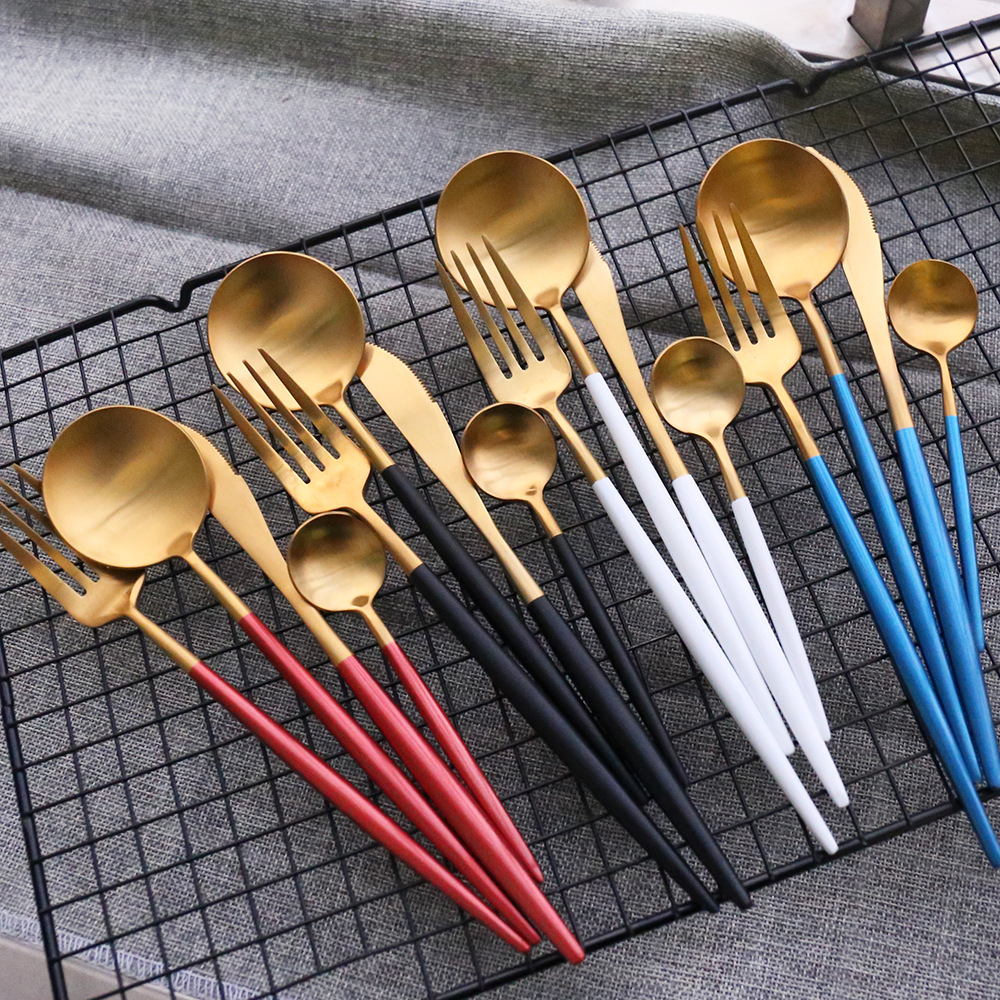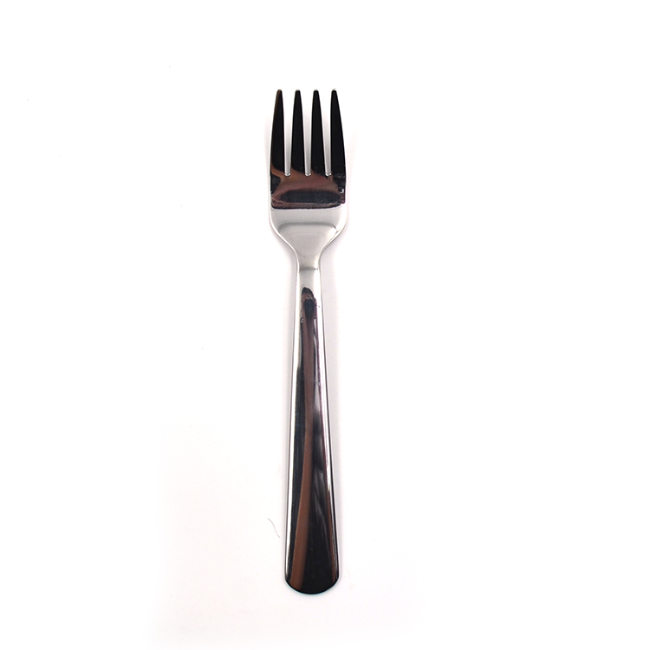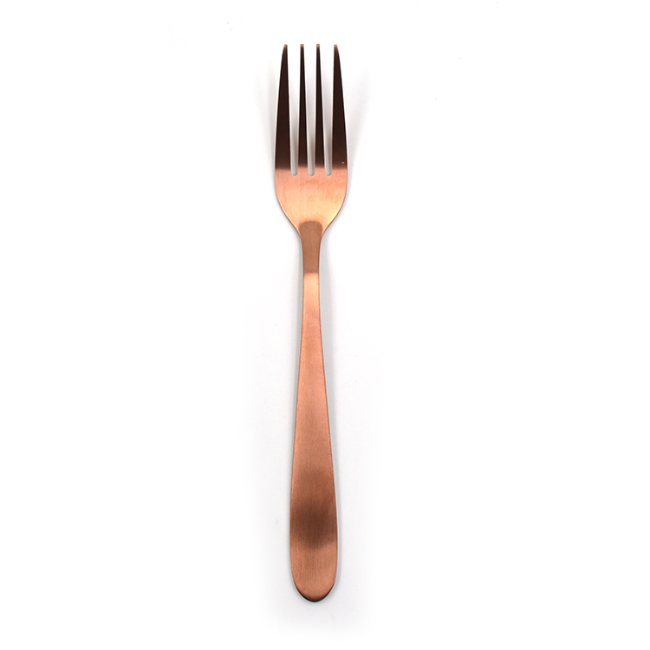
29 May
How Long Does Plastic Cutlery Take to Break Down?
How Long Does Plastic Cutlery Take to Br...
How Long Does Plastic Cutlery Take to Break Down?
Plastic cutlery is commonly used for its convenience and affordability. However, one major concern is its environmental impact, particularly how long it takes to break down. In this article, we explore the decomposition timeline of plastic cutlery, factors that influence its breakdown, and alternative cutlery options like cutlery corner closeouts, kitchen knife black Friday, shun deba knife, and Homefelt.
1. The Environmental Impact of Plastic Cutlery
Plastic cutlery is often considered a convenient, disposable solution for eating on the go. While it serves its purpose, the environmental impact of plastic utensils is severe. Plastic cutlery is typically made from petroleum-based materials such as polypropylene or polystyrene. Unlike organic materials, plastic does not decompose naturally and can persist in the environment for hundreds of years, contributing significantly to pollution.
2. How Long Does Plastic Cutlery Take to Break Down?
Plastic cutlery can take an alarmingly long time to break down. In ideal conditions, plastic cutlery might take anywhere from 200 to 1,000 years to degrade completely. This extended decomposition timeline is a result of the material's resistance to natural elements. Factors like sunlight, oxygen, and moisture are required for the breakdown of plastic, but even in the best conditions, it will still take decades to disintegrate.
Key types of plastic used in cutlery and their decomposition rates:
Polystyrene Plastic: One of the most common plastics used for disposable cutlery. It can take up to 1,000 years to break down.
Polypropylene: Another commonly used plastic. It is more durable than polystyrene and can also take hundreds of years to decompose completely.
Because plastic cutlery is lightweight and often not disposed of correctly, it is one of the leading contributors to plastic pollution, particularly in oceans and landfills.
3. Why Is Plastic Cutlery So Hard to Break Down?
Plastic cutlery’s resistance to decomposition is due to the molecular structure of the plastic. Plastics are made from synthetic polymers that don’t biodegrade naturally. Over time, plastic cutlery may break into smaller pieces, but these microplastics persist and remain harmful to the environment.
Unlike organic materials, plastic does not provide nutrients to the soil or contribute to the ecosystem. Instead, it often ends up harming wildlife, who may mistake it for food.
4. Alternatives to Plastic Cutlery
The growing awareness about plastic pollution has led many people to seek alternatives to plastic cutlery. Eco-friendly alternatives like cutlery corner closeouts offer biodegradable and reusable options. You can also opt for more durable, long-lasting cutlery sets that are more environmentally responsible.
Stainless Steel and Wooden Cutlery: Stainless steel utensils, such as those from Homefelt, offer a durable alternative to plastic. With proper care, stainless steel cutlery can last a lifetime.
Bamboo and Biodegradable Cutlery: Bamboo and other plant-based materials are biodegradable and decompose much faster than plastic, making them an excellent eco-friendly choice.
Shun Deba Knife: For those looking to upgrade their kitchen essentials, investing in high-quality knives like the Shun Deba knife from Homefelt can reduce the need for disposable cutlery altogether.
5. The Role of Homefelt in Sustainable Cutlery Solutions
Homefelt has a strong commitment to sustainability and provides an array of eco-friendly cutlery options that are both high-quality and environmentally responsible. By choosing products like cutlery corner closeouts or kitchen knife black Friday sales from Homefelt, customers can make a positive environmental impact without compromising on performance or style.
6. Conclusion
Plastic cutlery takes an extremely long time—up to 1,000 years—to break down, posing significant environmental challenges. The key to combating plastic waste lies in choosing sustainable alternatives. By selecting long-lasting cutlery from brands like Homefelt, we can reduce our reliance on single-use plastics and make a meaningful difference in preserving the planet.





